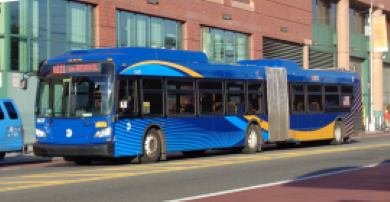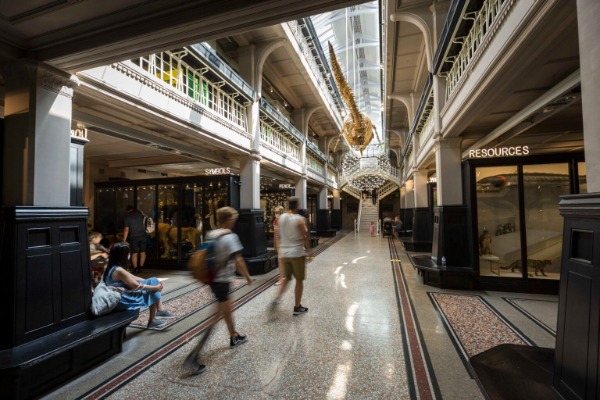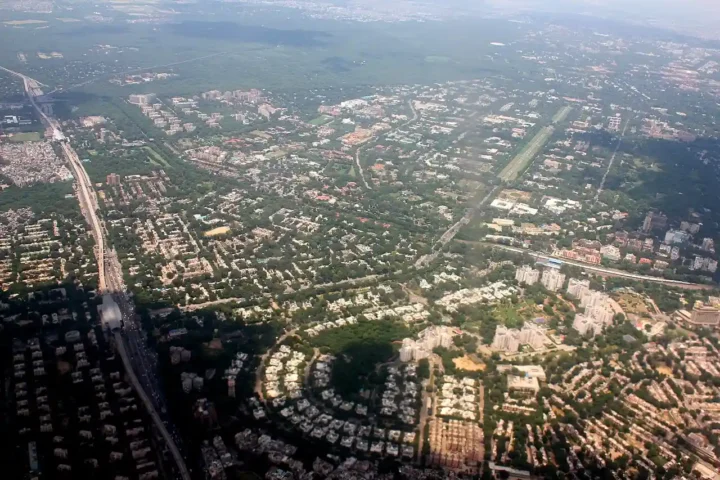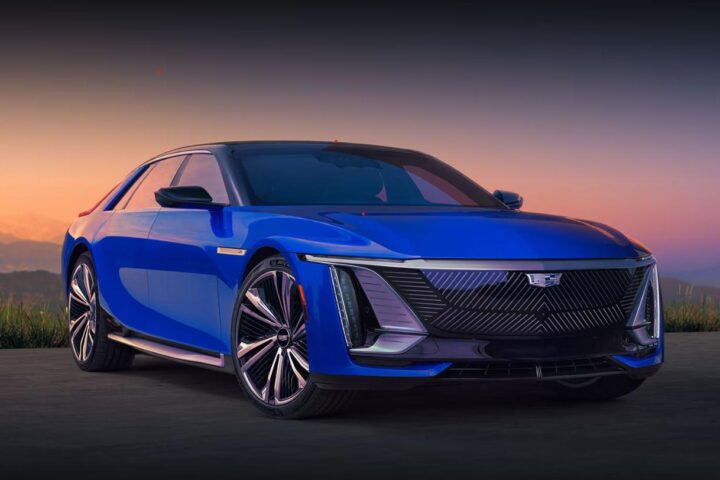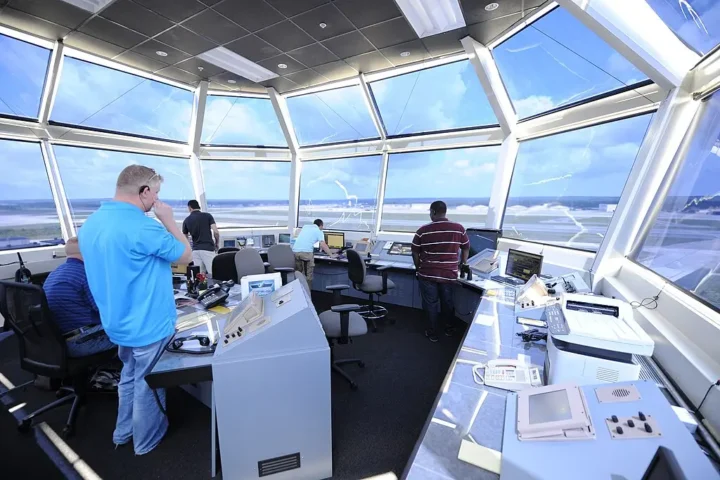The Metropolitan Transportation Authority is moving Jamaica’s main bus terminal one block east starting June 1. The temporary move affects nearly 10,000 daily riders who use 15 different bus routes from the busy 165th Street terminal.
Bus operations will shift to a newly built interim facility at 90-01 168th Street while developers rebuild the original terminal site. The MTA leased a former commercial parking lot from Greater Jamaica Development Corporation to create the temporary terminal.
NYC Transit President Demetrius Crichlow explained the reasoning behind the move. “It was critical that we found a location nearby to continue running bus service as smoothly as possible, while developers at 165 St rebuild their site,” he said. “Thankfully, the temporary bus terminal is only one block over and the anticipated redevelopment of the site will build up-to-date infrastructure that complements the new electric buses we expect to receive in a few years.”
The relocation covers 10 MTA bus routes and 5 Nassau Inter-County Express routes. MTA routes include the Q1, Q2, Q3, Q6, Q8, Q9, Q36, Q41, Q76, and Q77. NICE routes are the N1, N6/N6X, N22/N22X, N24, and N26.
Helping Riders Navigate the Change
The MTA is taking several steps to make the transition smoother. Workers are updating bus stop signs throughout the area to show the new 168th Street location. Posters at the current 165th Street terminal alert riders about the upcoming move.
The MTA Bus Time app will also update to reflect the new terminal location starting June 1. Customer service representatives will be stationed at both the old and new terminals during the first few days to help confused passengers find their buses.
The one-block distance means riders can still easily reach the Jamaica Avenue shopping district and transfer to subway lines. The terminal connects to the E, J, and Z trains at nearby stations like Sutphin Blvd-Archer Ave/JFK Airport and Jamaica Center-Parsons/Archer.
Electric Bus Future Drives Terminal Design
The redevelopment connects to the MTA’s larger plan to switch to electric buses by 2040. The new terminal will include infrastructure needed for electric vehicles, including charging stations and updated maintenance facilities.
The MTA recently bought 265 new zero-emission electric buses as part of this transition. Each electric bus cuts greenhouse gas emissions by about 90 metric tons per year compared to diesel buses. This means cleaner air for Jamaica residents and visitors.
The 165th Street terminal project is separate from another MTA initiative called the Jamaica Bus Depot Expansion. That project focuses on upgrading the facility where buses are stored and maintained, including adding automated charging systems for electric buses.
Real Impact on Daily Commutes
Some riders have discussed the slightly longer walking distance for transfers from the E train to NICE buses at the new temporary location. However, the close proximity should minimize major disruptions. The temporary terminal maintains all current transfer points and keeps access to Jamaica Avenue’s busy commercial area.
There’s also speculation among commuters that the new temporary terminal’s configuration might accommodate articulated buses on certain routes. These extended buses can carry more passengers during busy periods.
Economic Benefits for Jamaica
The terminal redevelopment fits into broader urban planning trends known as Transit-Oriented Development. This approach uses public transit improvements to boost local economic activity and create more walkable neighborhoods.
Once complete, a modern terminal should attract more foot traffic to nearby Jamaica Avenue businesses, restaurants, and shops. The project positions Jamaica as a forward-thinking area that attracts investment and development.
Environmental and Accessibility Improvements
The new terminal will likely include energy-efficient design features beyond just electric bus compatibility. Accessibility improvements will go beyond basic wheelchair access. The new facility should include tactile paving for visually impaired riders, clear audio announcements, and seamless connections to nearby subway stations where possible.
The MTA’s 2025-2029 Capital Plan provides funding for these improvements as part of a larger investment in transit infrastructure across New York City. The plan represents billions of dollars in upgrades to subway, bus, and commuter rail systems.
Similar Posts
Timeline and Community Input
Design details for the new 165th Street terminal are still being finalized. The MTA is completing lease negotiations with the private developer who will handle the redevelopment.
The temporary 168th Street terminal will operate until construction finishes at the original site. The MTA issued a final reminder on May 27 about the June 1 transition date, showing their focus on ensuring riders know about the change. Customer ambassadors will be available during the first week to help anyone confused about the new location.
Local transit discussions suggest most riders understand the temporary inconvenience is necessary for long-term improvements. The MTA’s decision to secure a nearby temporary site appears to have prevented major public opposition to the project.
Looking Ahead
The Jamaica terminal redevelopment represents part of the MTA’s broader effort to modernize aging infrastructure across the transit system. Similar projects in Queens include the comprehensive Queens Bus Network Redesign and the proposed Interborough Express light rail line.

These investments signal sustained commitment to improving public transportation in Queens, which serves millions of residents who depend on buses and trains for daily commutes. The electric bus transition and modern terminal facilities should provide more reliable service for decades to come.
The temporary move starting June 1 marks the beginning of this transformation. While the one-block relocation may cause minor adjustments for some riders, the long-term benefits include cleaner buses, modern facilities, and improved connections throughout Jamaica’s busy transit network.
